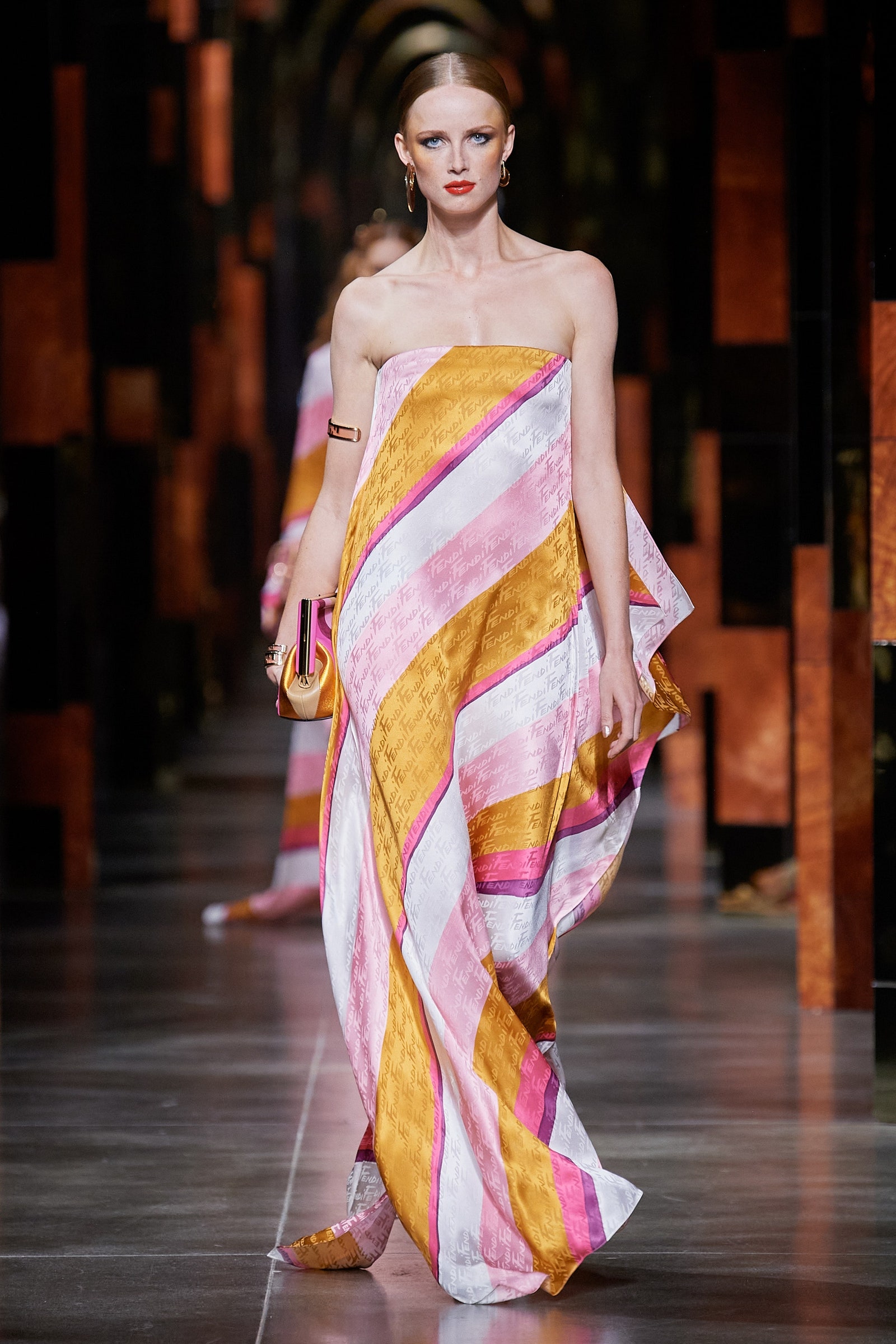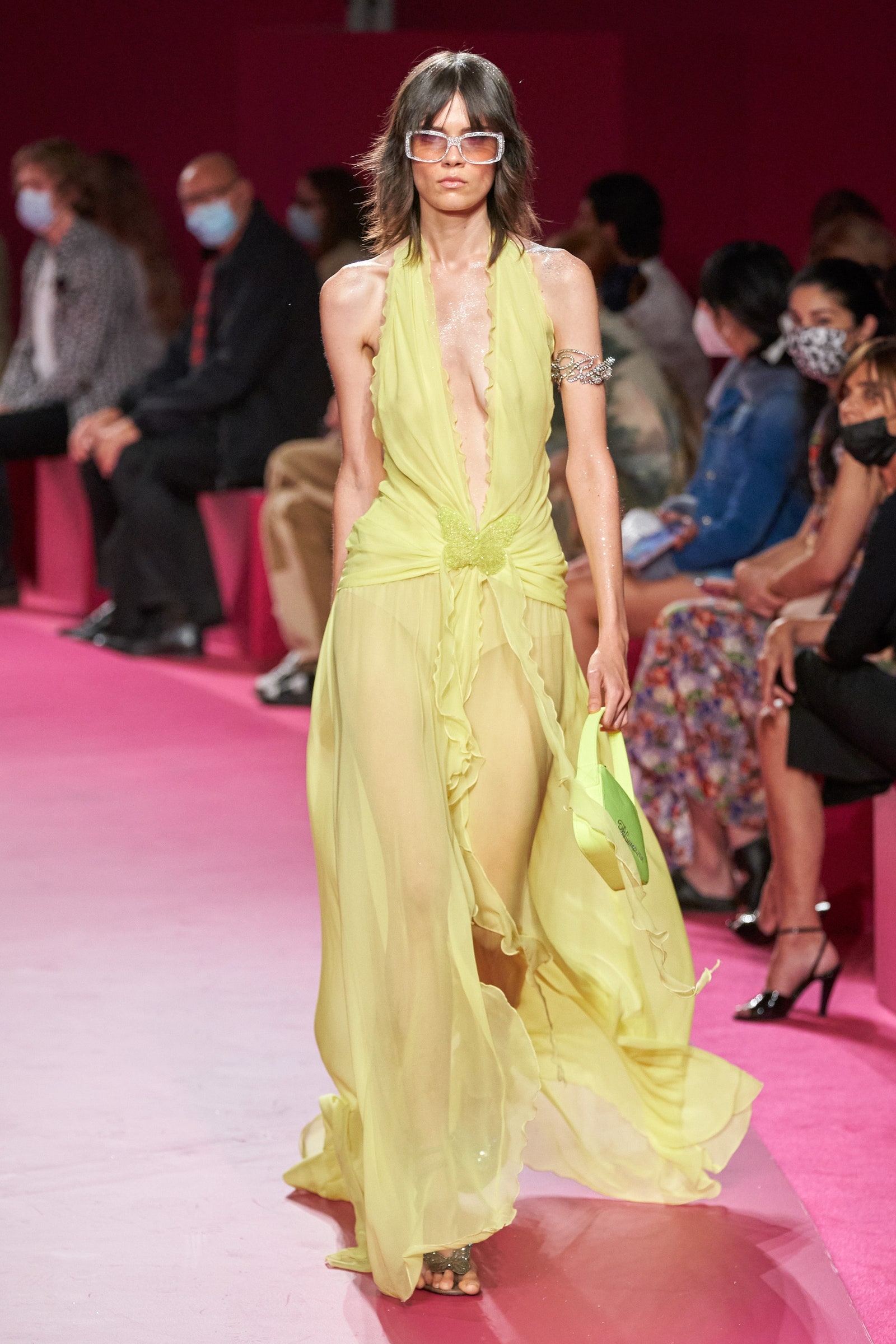Bicep bracelets are making a bold comeback this cuffing season
It’s October and we’re officially in the nosebleed section of the cuffing season, a period when singles desire to be ‘cuffed’ or tied down by a serious relationship. After scouting and drafting potential candidates, we’re finally on schedule for the tryouts phase of the season filled with first dates. So how about you ditch pumpkin spice lattes this year and let your biceps do the talking instead? Get those babetastic arms out to play, fellow cuffers—because biceps bracelets are back in town, migrating further up north with each comeback.
What are bicep bracelets?
Also known as an armlet, arm cuff and arm ring, a bicep bracelet is a bold piece of jewellery encircling the upper arm. They are similar to bangles but are shaped and sized to fit snugly on one’s bicep in particular. Now, if you were someone who merely flipped through your history textbooks back in school like me, chances are you would’ve spotted the ornament first on Gal Gadot following her debut as Wonder Woman in 2016’s Batman v Superman: Dawn of Justice.
If you can’t recall Gadot’s toned biceps, Princess Jasmine’s delicate golden snake cuff might ring a bell—although she only wore it with her red dress. More recent incorporations of the bracelet into pop culture include the television series Game of Thrones, where Khaleesi (played by Emilia Clarke) conveniently sported a dainty dragon one in multiple episodes.
Trickling down to the personal wardrobes of A-listers, bicep bracelets were all the rage in the 2000s—popularised by the likes of Aaliyah, Rihanna, Nicole Kidman and Keira Knightley. According to Vogue, the trend was a tamer take on the era’s upper arm tattoo craze that gripped the fashion world.
Years later, the statement piece is now making a comeback—dotting Spring 2022 runways for starters. In New York, American fashion label Tory Burch featured two elegant yet strong silver spirals at the show. In Milan, the piece of jewellery accessorised Blumarine’s collection with a swirl of rhinestones that spelt the brand name as it encircled the arm. At Fendi, bicep bracelets came as geometric bands with its iconic F monogram, while Prada channelled the trend in thick bands with a buckle—both scrunched over shirts and bare flesh.


A decentralised history
Historically, bicep bracelets were commonly worn by men in pairs—one on each arm representing strength and courage. The cuffs were typically crafted from rigid materials like shell, ivory and bronze with an open back, allowing the bands to hug arms with the right pressure. A noteworthy aspect of the ornament, however, is that it has appeared in different cultural contexts in the past.
Ancient Egyptians initially crafted armlets from flint, before moving onto gold and precious gemstones like lapis lazuli. They also wore them in pairs adorned with hieroglyphics. Egyptian queens Nefertiti and Cleopatra are also depicted with thick golden pairs of the upper arm candy. In ancient Greece, soldiers donned leather and metal arm cuffs as part of their battle armor. This form was later incorporated into the uniform design for Roman soldiers.
For Mayans, bicep bracelets signified their status in the society—with the ornaments considered part of the staple attire of the royalty. The bracelets also allowed Vikings to showcase their wealth with motifs including boars, bears, dragons, and snakes.
In China, arm cuffs made of gold and jade are often worn to ward off evil and bad luck. Sri Lankan history also noted similar purposes but are only worn by brides to ward off ill luck before their marriage. In Thailand, Muay Thai fighters still wear bracelets made from woven cloth to connect the wearer to their own spiritual and traditional beliefs. It is also forbidden to step over them as it would represent a desecration of these beliefs as a whole.
Taking the extensive history of bicep bracelets into consideration, it’s safe to say that they’ve evolved from being an ornament into a timeless symbol of empowerment. In short, it’s not only about the type of jewellery you wear but where you wear them. With the trend making a comeback on runways and stars like David Beckham trying to resurrect it into menswear, it’s only a matter of time before the younger generation of consumers jump on—crafting their own Y2K inspired ones for a true gen Z flex.





